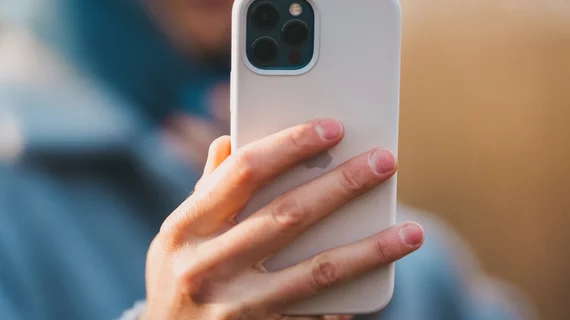Ghoulish selfie-taking nurse sentenced after victimizing patients, hospital
At a time when patient assaults against nurses are reportedly on the rise, cases that invert the equation only reinforce the public’s perception that hospitals are chaotic places—and not just in the ER on Friday and Saturday nights.
Meanwhile giving patients one more reason to avoid hospitals—especially those in which worker-on-patient crimes have been committed—could come to represent an emerging public safety issue in affected locales.
It’s unlikely that nurse Christopher Lambros thought about this part of his professional duties and responsibilities when he fondled and photographed at least 13 female ICU patients over a period of at least two years.
The good news is that Lambros got caught taking his patient-exploiting selfies. He was nabbed red-handed by a colleague in July 2022 and placed on immediate administrative leave before getting arrested three months later.
Last week he pleaded guilty to six counts of attempted sexual assault and, on Dec. 11, he received his sentence: 22 years in prison.
According to numerous accounts, Lambros used his smartphone to take selfies showing him taking advantage of partially exposed and fully unconscious female patients, all of whom were 45 or older.
Lambros carried out the assaults while working as a nurse at St. Mary’s Hospital in Grand Junction, Colo.
The district attorney for Mesa County, Colo., Dan Rubinstein, says forensic computer investigators found dozens of image and video files from each incident on Lambros’s phone. The oldest files may have dated to 2016, and many files had been deleted.
In one video, Lambros calls the files his “Dexter collection.” That’s a reference to the Showtime TV creepfest about an especially devious serial killer.
“Lambros’ crimes were devastating to the victims and their families and will have impact for many years on all of their confidence in the healthcare system,” Rubinstein tells People magazine and other outlets. “We are happy to bring justice and closure to the victims in this case, but we know that the harm he did to the reputation of our local medical community will still take many years to repair.”
Rubinstein adds that Lambros’ 22-year sentence is a combination of 44 months for each of the six counts to which he pleaded guilty.
Some of Lambros’s attended the sentencing hearing. One who asked not to be identified tells Colorado Public Radio: “We will never heal completely from what he did to us.”
Last week a distressingly similar case was back in the news, this one involving a now-deceased male nurse who assaulted unconscious female patients at Ottumwa Regional Health Center in Iowa.

